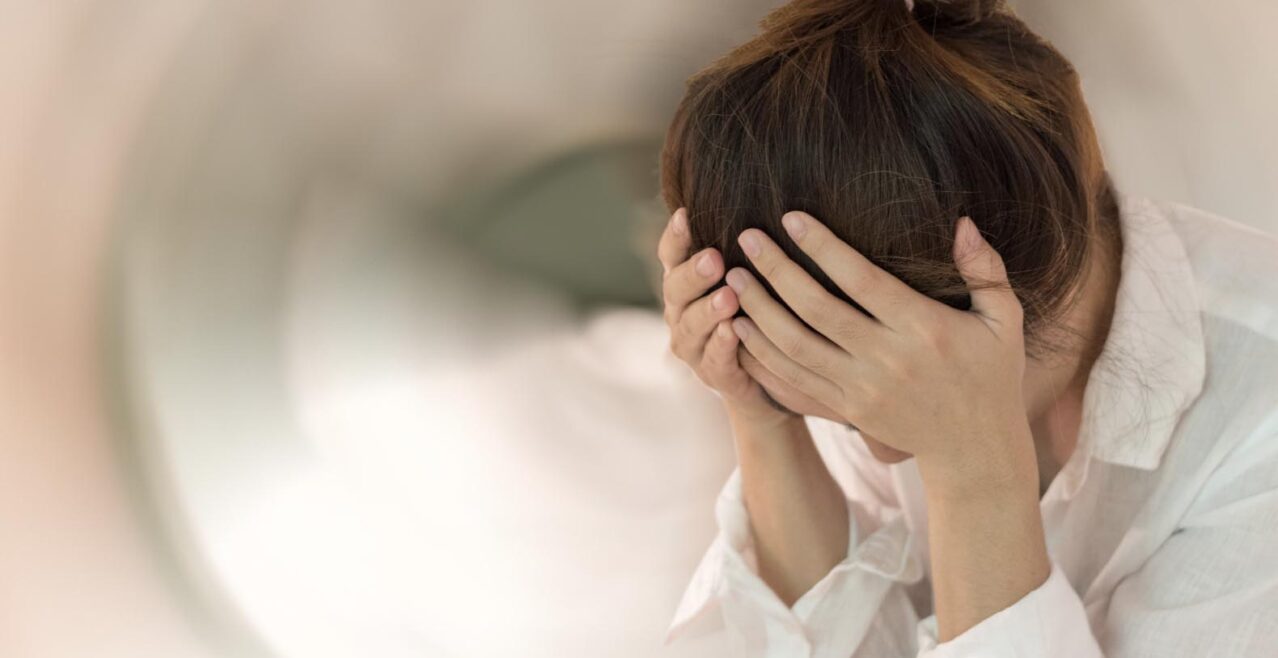Vertigo Treatment
Vertigo is a sign of a disordered structure of balance. It’s strictly defined as a hallucination of movement, and it can make you feel as though you are moving when you are not.
Patients struggle to describe their symptoms accurately and they generally come with symptoms that they report varies from lightheadedness, dizziness, problems with movement, and coordination, and sometimes a patient will present following a fall.
One of the important things doctors need to do is to work out from the patient’s symptoms precisely what they are describing and which body part that’s likely to be associated.
The brain receives signals from our eyes to give us information about our space and orientation. In addition, the brain receives signals from the inner ear in relation to our movement, and input is also from sensors within our joints and within the soles of our feet. The brain takes all of this information, analyses and uses this information to maintain our state of balance function.
Vertigo treatment varies according to the patient’s condition and the types of vertigo disease they have. They can be treated with maneuver, vertigo therapies, and through medical support.
Vertigo can be a sign of disease in numerous different parts of the body. If the disorder is affecting the inner ears, patients will sometimes present with associated tinnitus or problems with discharge, hearing loss, or infection in the ears.
The next most well-known system to be involved in patients with vertigo is the neurological system. One of the best-known conditions is connected with migraine, and these patients would present generally visual disturbance and headaches.
Finally, patients with balance disturbance may have problems with their cardiovascular system, and these will be patients who are complaining more of lightheadedness and may have a history of palpitations, heart disease, minor strokes or even blackouts, but how can we treat vertigo?
Our particular interest is in managing patients with inner ear causes for their vertigo. There are lots of vertigo types. By far the most common cause is called benign positional vertigo. This condition occurs with degeneration in the inner ear and causes free-floating particles to be symptomatic within the ear balance canals. This condition can be very effectively treated by repositioning manoeuvres, and patients typically require just one or two treatments with the vast majority following this having complete resolution of their symptoms.
The next common condition is Meniere’s disease. This results in tinnitus, balance disturbance, fullness in the ear, and hearing loss. Vertigo can be successfully controlled by injections, and medical treatments, and from time to time doctors may apply surgical procedures on the ear if there’s an infection in the ear.
Also, there are many patients who have lost inner ear function either as a result of trauma or viral infection. Typically, these patients will present with initial acute vertigo and then a more chronic balance disturbance. These patients can use Vestibular Rehabilitation Therapy, which is a form of exercise treatment which can be extremely effective but may take many months before a significant or complete recovery is achieved.
Vertigo treatment varies according to the patient’s condition and the types of vertigo disease they have. They can be treated with maneuver, vertigo therapies, and through medical support.
Medical Zone Istanbul
Make an Appointment!
You can make an appointment from the form below or ask your questions!

